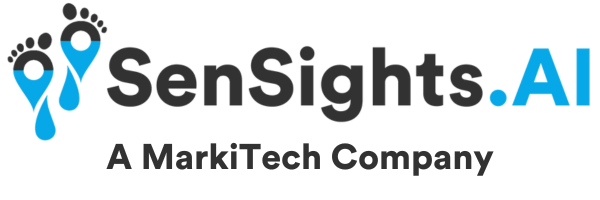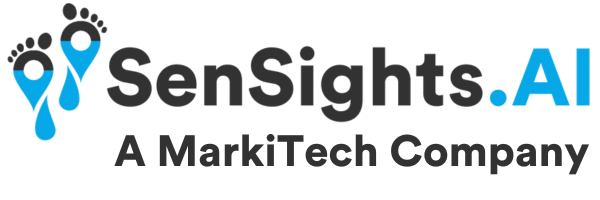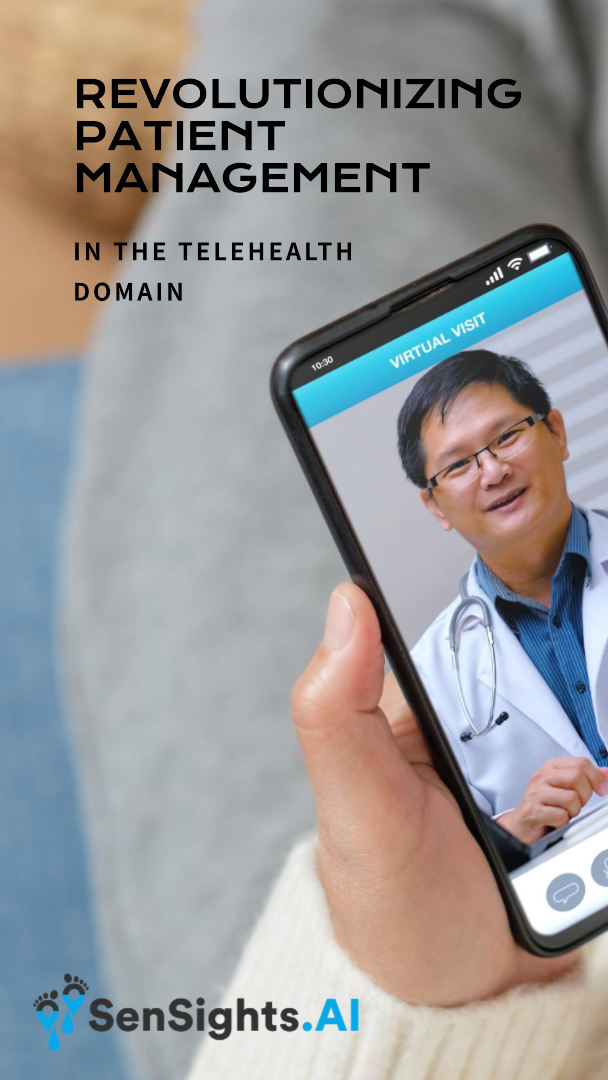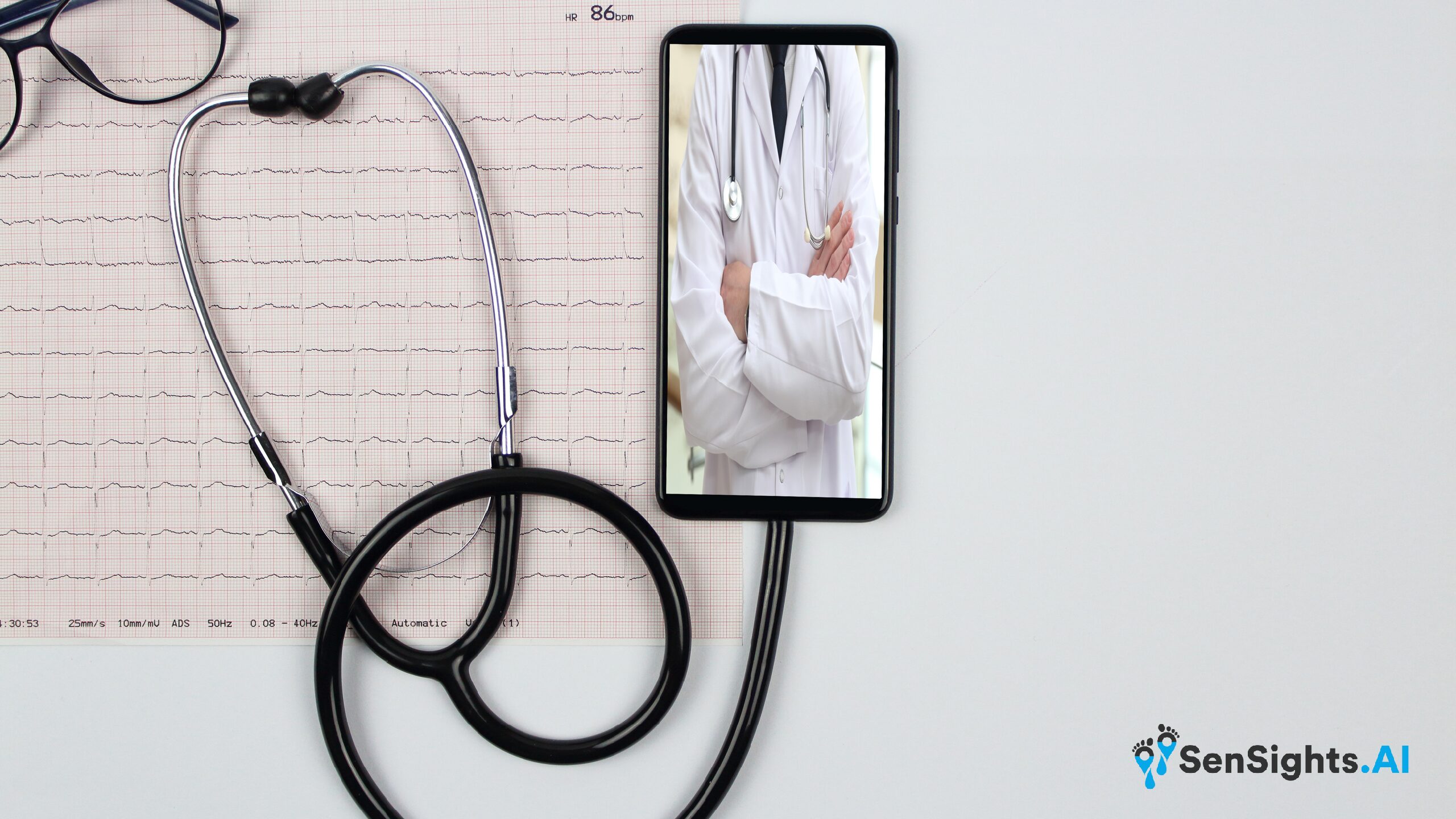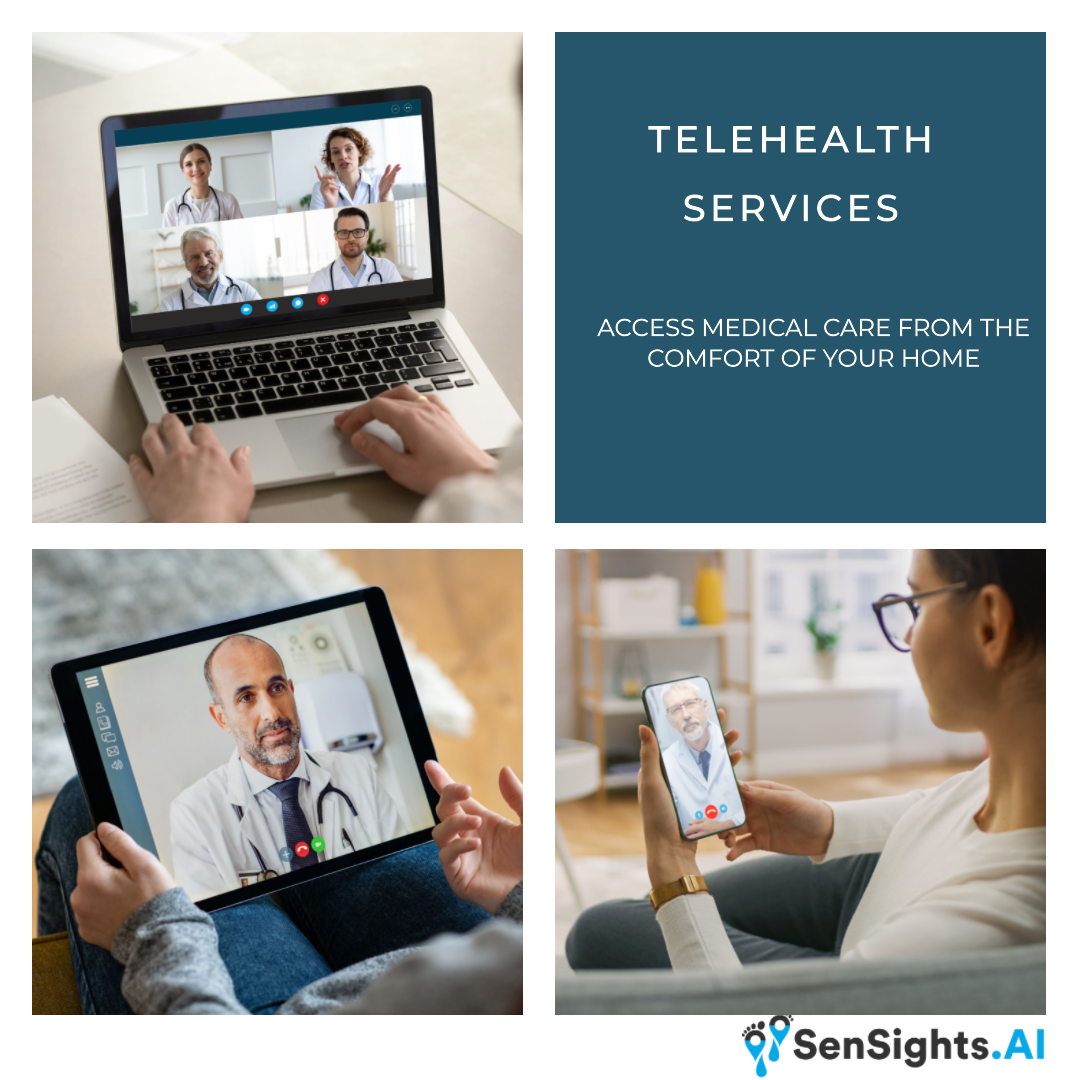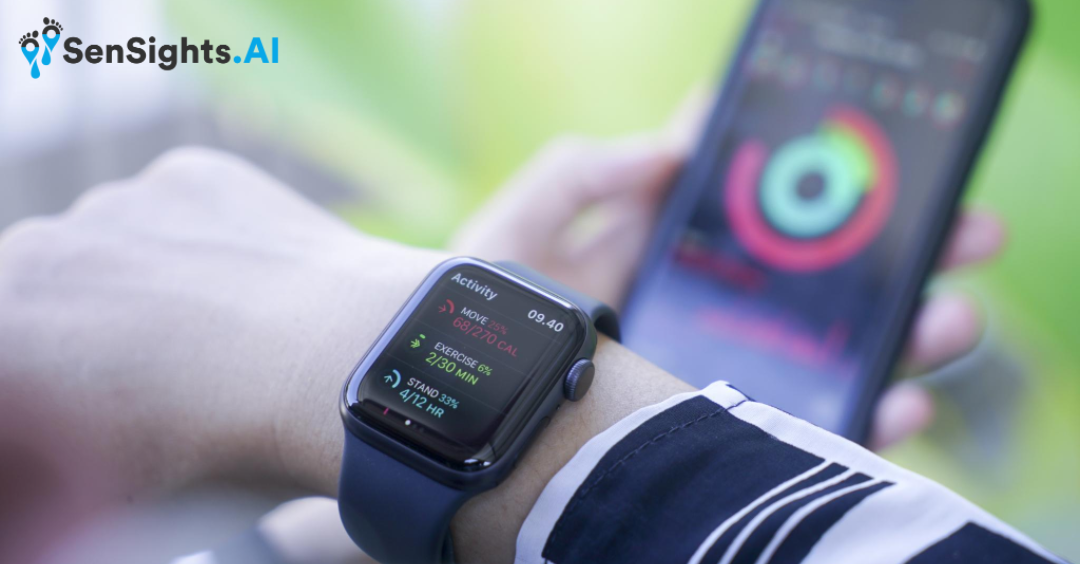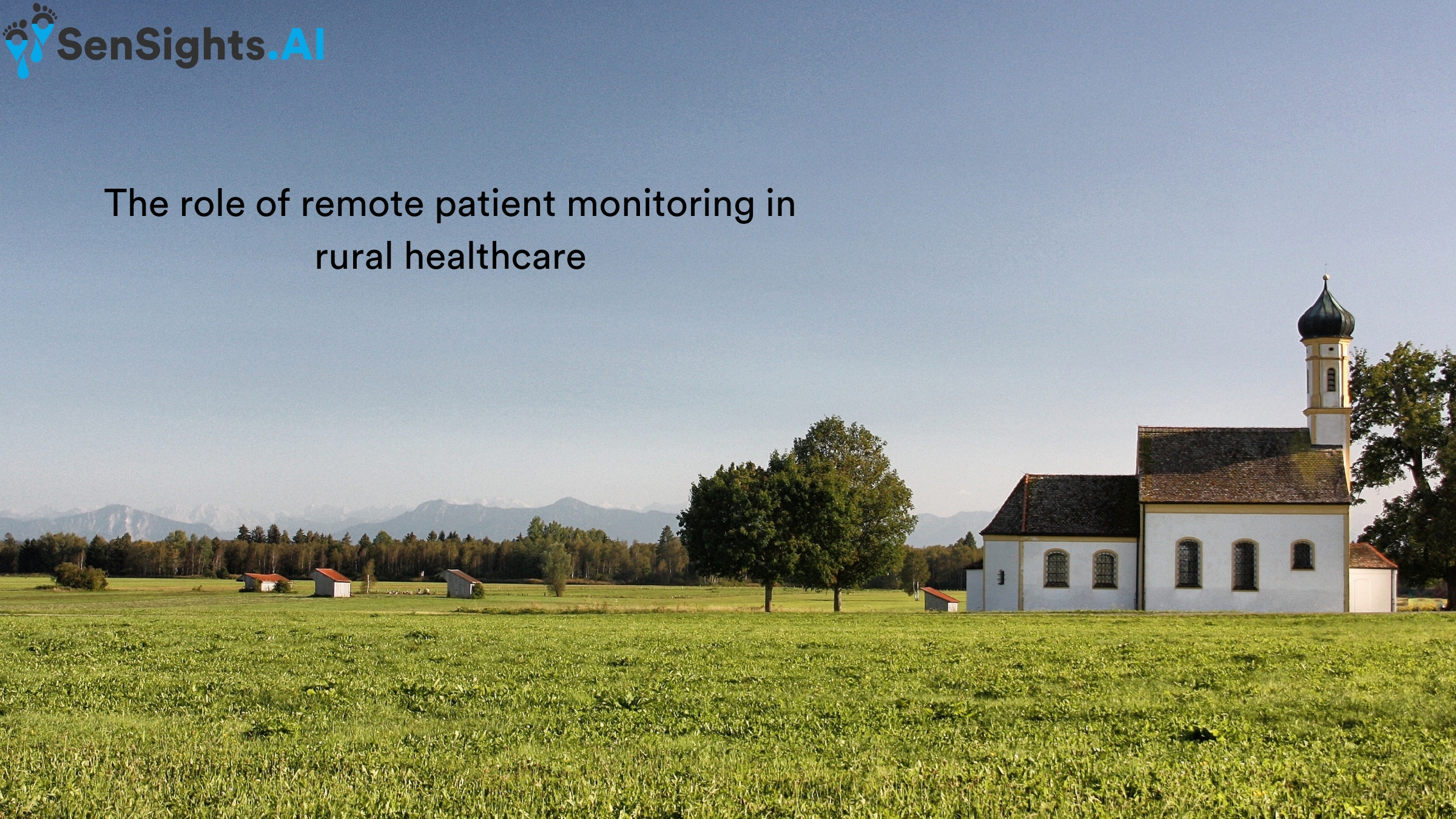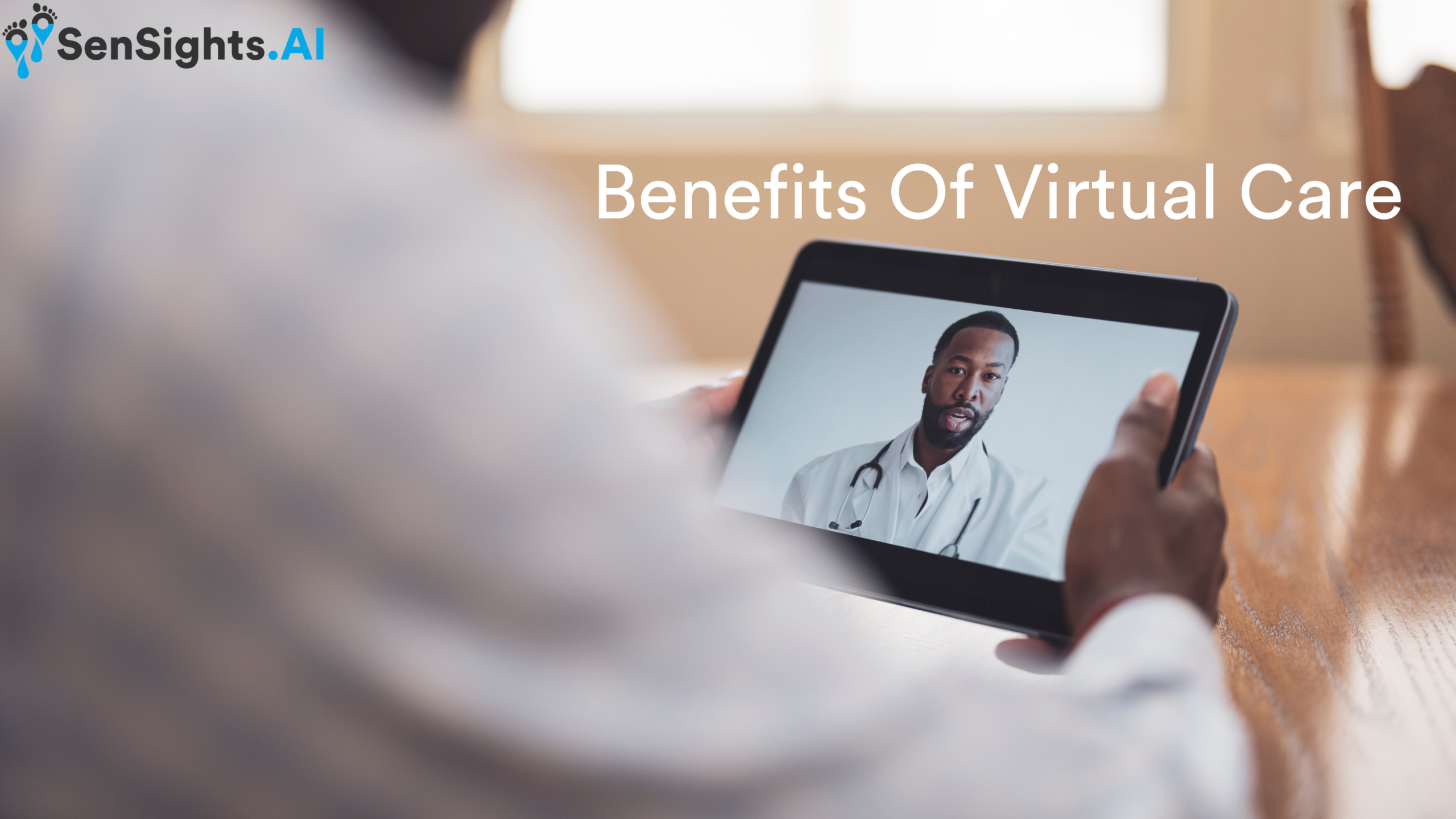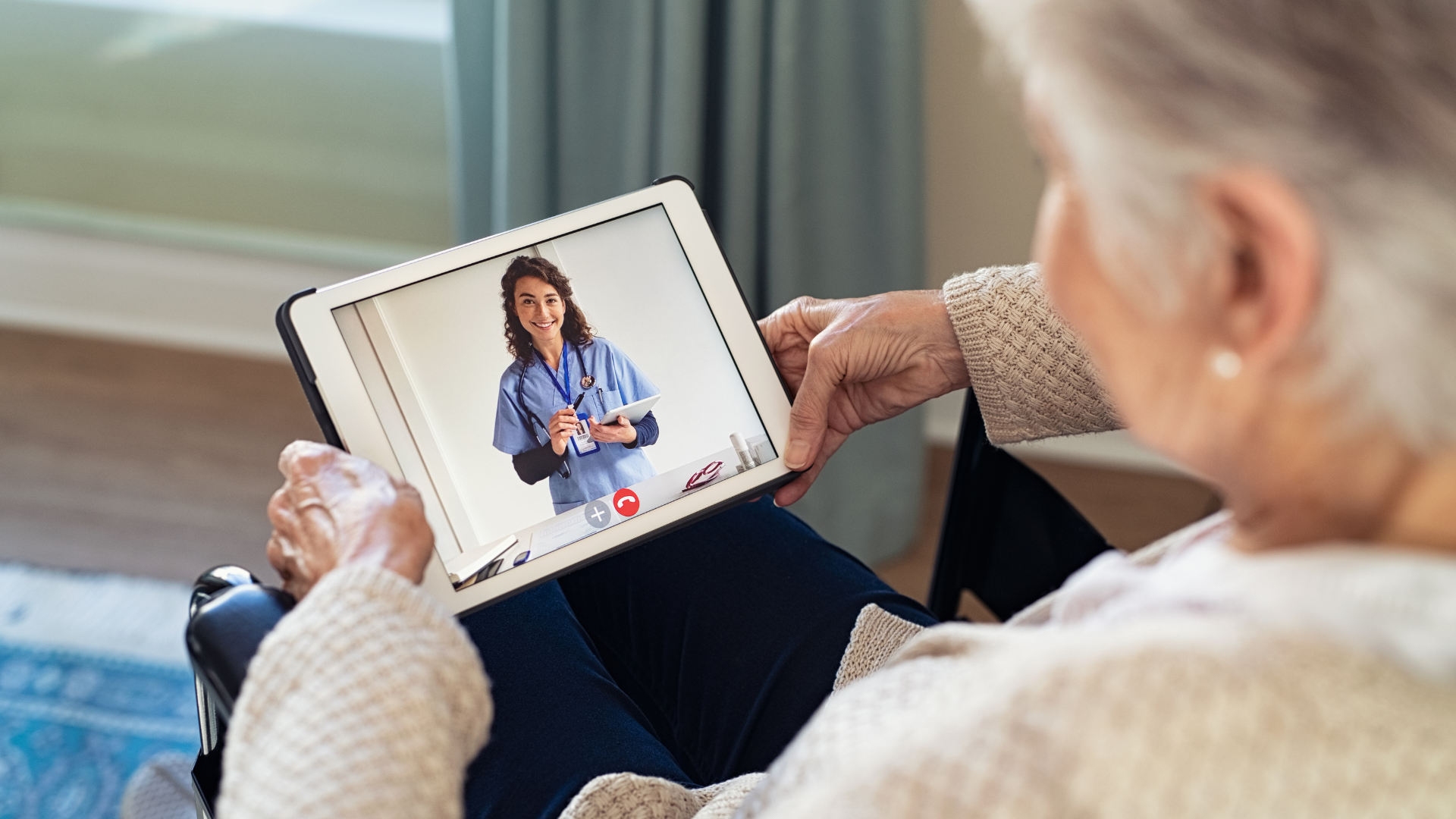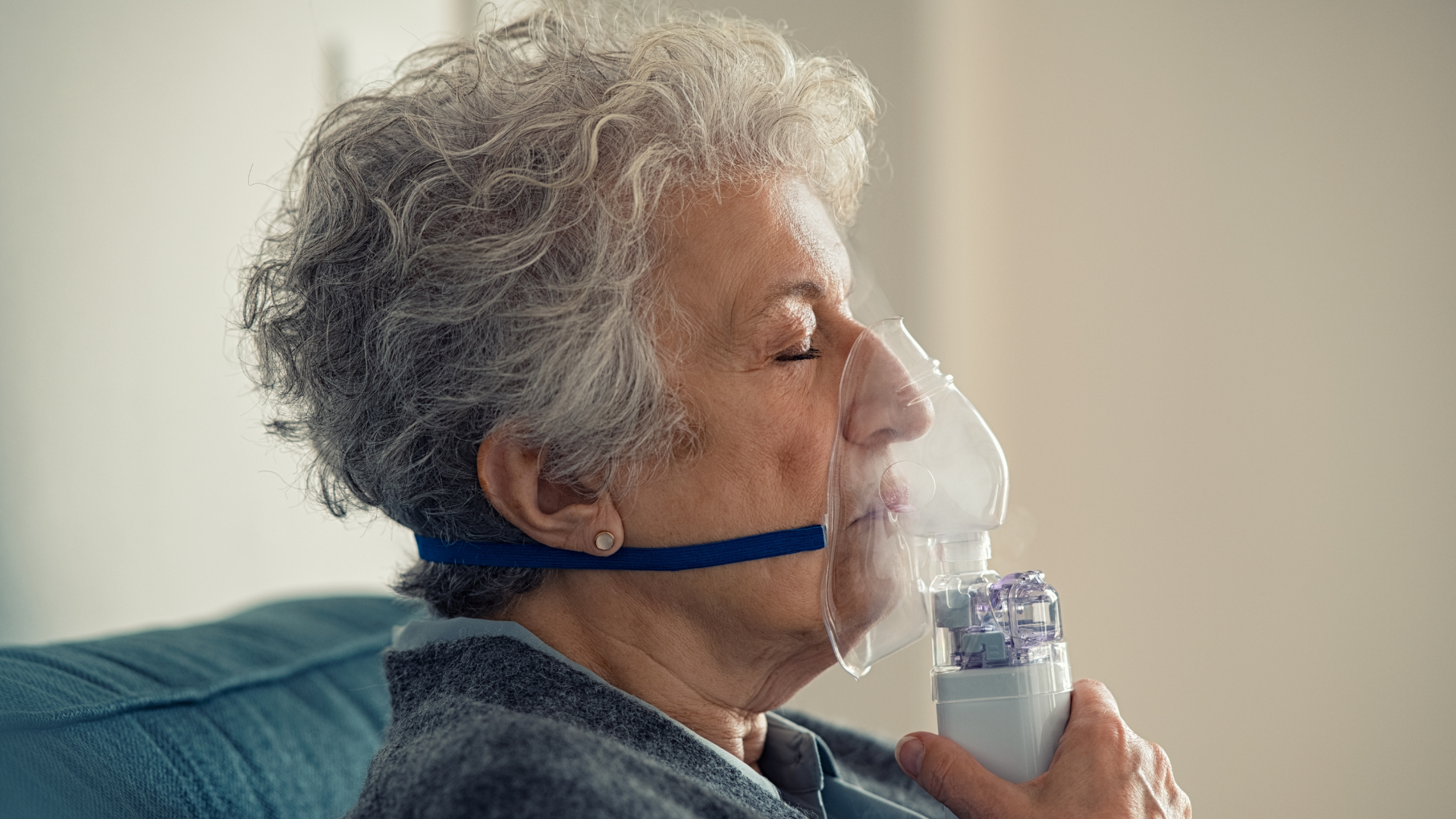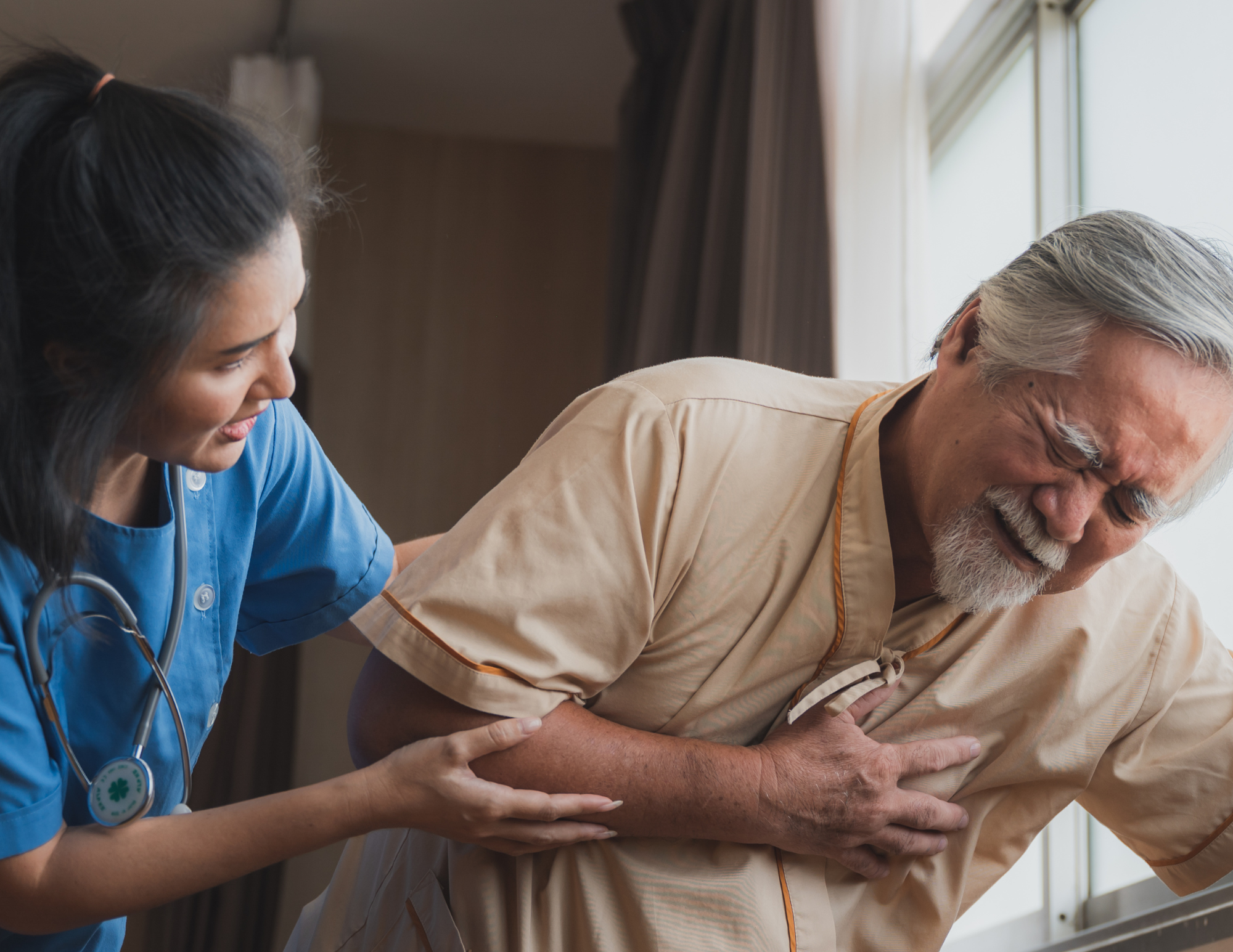Patient Management in the Telehealth Domain: A Paradigm Shift
Medically Reviewed By: Dr Alex EvansImage Credit: Canva Key Takeaways Telehealth transcends geographical boundaries and offers patients flexible, accessible, and personalized care tailored by real-time data. The advantages of telehealth include improved accessibility, cost-effectiveness, real-time monitoring, and patient empowerment. Despite challenges like data security and the need for robust...
